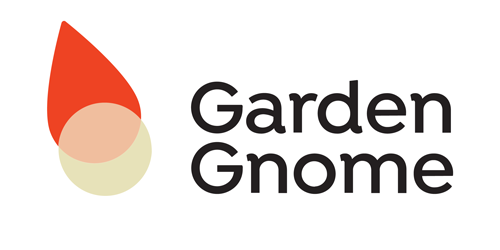A graphic then breaks the square image into 16 smaller squares and she says they're 675 px wide. This gives me a spin because the squares are only 4 across, which seems like they'd be 2700 px wide to total 10,800 wide.
If anyone can explain what they were saying or trying to say I'd greatly appreciate it.
I then jumped into trying a project. My original TIFF equirectangular image is 20K px wide. After opening a Flash project I enabled multiresolution and let it choose the level sizes. It created three: 5000, 2500, 1250. I was surprised because I figured it would start with 20K or at least 10K. What determines these levels and should I add any more?
It's my understanding that every level should be evenly divisible by the Level Tile Size, but I'm still not sure what the optimum Level Tile Size would be. 1250? (my original file size divided by 16)
I set Window Size to 1280 x 768.
Since the tutorial said that Cube Face Size is irrelevant when producing Multiresolution panos I ignored dealing with it even though I was looking forward to using pi after all these years. What I do konw is that I want the starting image to be as good as it can be at the specified window size. I read somewhere that Hans Nyberg recommends a 1650 px cube but if Cube Face Size is irrelevant here all I'm left with as variables are the Level widths and the Level Tile Size, and I cannot figure out how to use them to impact my starting image. I realize load times should also be my concern so I would like to know how best to set those values.
The resulting pano looks pretty good but I felt like after all my forum reading and tutorial watching that I'd be more confident about the settings I chose. Anyone willing to share some guidance out of my confused state?
